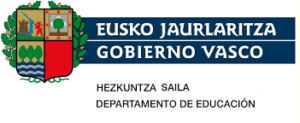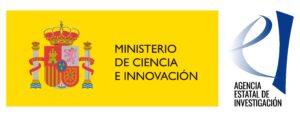EastGRIP – East Greenland ice-core project
The aim of the project is to drill and retrieve an ice core from the Northeast Greenland Ice Stream (NEGIS), in order to gain new knowledge on the flow of ice streams, thereby improving the understanding of how ice streams contribute to global sea-level rise. Additionally, the retrieved ice core will provide a new record of past climatic conditions from the northeastern part of the Greenland Ice Sheet, which will be analyzed at various laboratories worldwide.
Ice core drilling in Greenland was initiated in 1955 and since then numerous of short ice cores and several deep ice cores have been retrieved from the Greenland Ice Sheet. At EastGRIP we aim to drill an ice core through more than 2550m of ice.
The ice core can provide us with a range of information both on the dynamics of the ice (how the ice ‘behaves’) and on past climate (temperature, greenhouse gas concentration, volcanic eruptions etc.).
In addition to drilling the main ice core through an ice sheet measuring more than 2500m, a range of other projects and measurements are also conducted at the site, this including drilling of short ice cores (shallow drilling), a range of measurements on the surface of the snow (e.g. snow accumulation, vapour and gas content and radiation), drone measurements, radar measurements and much more.
Going to the Greenland Ice Sheet to drill an ice core is not an easy task. The operation includes a vast amount of logistics including making plans for field work, budgets, schedules, documentation for authorities, applying for permissions, purchasing equipment, planning flights, managing accounts, and hiring tradesmen and –women for field work.
The logistics is coordinated by the Danish Centre for Ice and Climate and requires a close collaboration with the US Office of Polar Programs, National Science Foundation (NSF) and the NSF contractor in Greenland CH2MHill Polar Field Services. The flights take place in Hercules airplanes owned by the NSF and operated by the U.S. Air National Guard.
The project is financed with 52% Danish funding, in addition to support and participation from various international institutions, including the National Science Foundation (NSF, USA), the Alfred Wegener Institute (AWI, Germany) the Bjerkness Centret (Norway), and the National Institute of Polar research (NIPR, Japan).
Start date: October 2015 End Date: September 2020
Programme: International funding
Coordinators: Prof. Dorthe Dahl-Jensen and Prof. J.P. Steffensen (University of Copenhagen, Denmark)
Partners in the consortium:
- Many international institutions, including the University of Copenhagen (Denmark)
- National Science Foundation (NSF, USA)
- Alfred Wegener Institute (AWI, Germany)
- Bjerkness Centret (Norway)
- National Institute of Polar research (NIPR, Japan)
- BC3 Basque Centre for Climate Change (BC3)
Key people involved in BC3:





